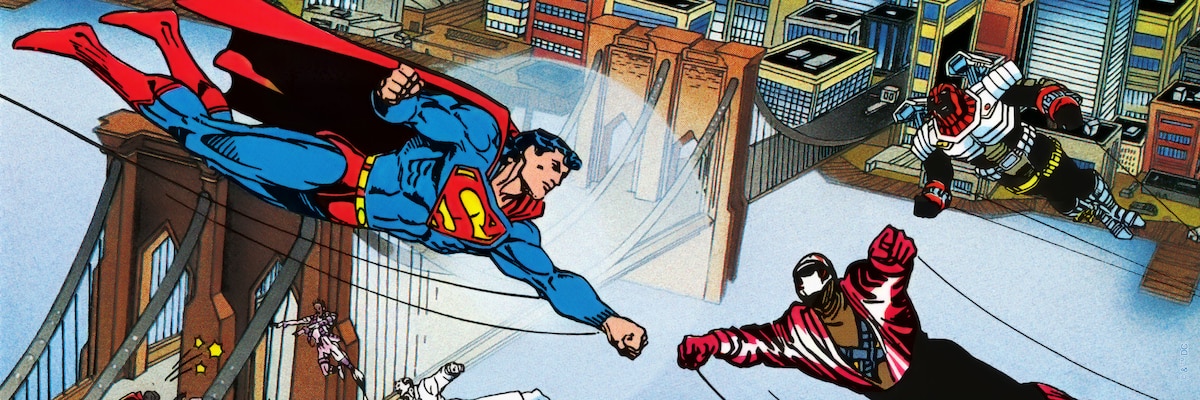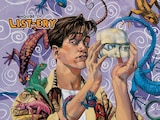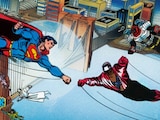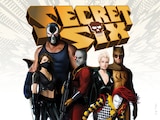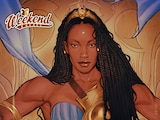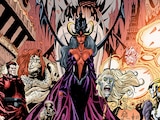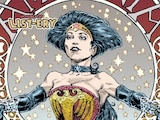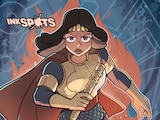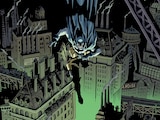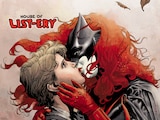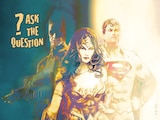Earlier this year, the comic book world lost another one of its heroes. Penciller, inker and writer Mark D. “Doc” Bright passed away, leaving behind a large body of work and a legacy that ripples with every major character touched by his pen.
The light of Bright’s long career first sparked during childhood when he read comic books at his grandmother’s home salon. Comics like Archie, Richie Rich and Casper the Friendly Ghost kickstarted his interest in the medium, while the action cartoons of the 1960s such as Space Ghost, Birdman and Johnny Quest targeted his sights on superhero adventure. Seeking a career in comic book artwork, Bright attended the Pratt Institute in Brooklyn, New York.
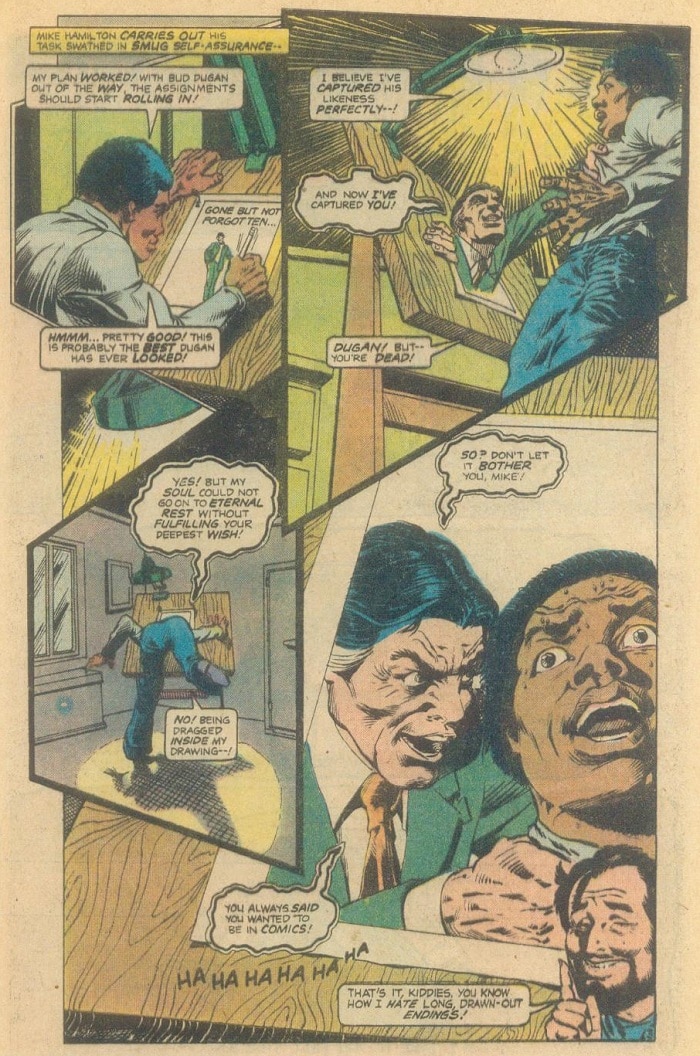
It’s here where he began the trial-and-error journey to his numerous stints at DC. Visiting the offices as a young student with his art portfolio, Bright met with several artists and writers such as Curt Swan, Trevor Von Eeden and Paul Levitz. Although his first visits yielded no success (in fairness, he was still in high school), Bright was eventually given a small art assignment for House of Mystery #257. Bright’s work was enjoyed enough to be given subsequent assignments, but the disappointment on working on a non-A-list book gave way to procrastination, and Bright wouldn’t turn in his third assignment until two months past the due date. Reprimanded for his lateness, this would be the end of MD Bright’s work at DC…or so he thought at the time!
After collaborating with writer Christopher Priest on several acclaimed books at Marvel, Bright got the call from his friend and collaborator to join him at DC on Action Comics, which at the time was being published as a weekly series. For Bright, the move marked the start of a fruitful relationship with the Green Lantern franchise.
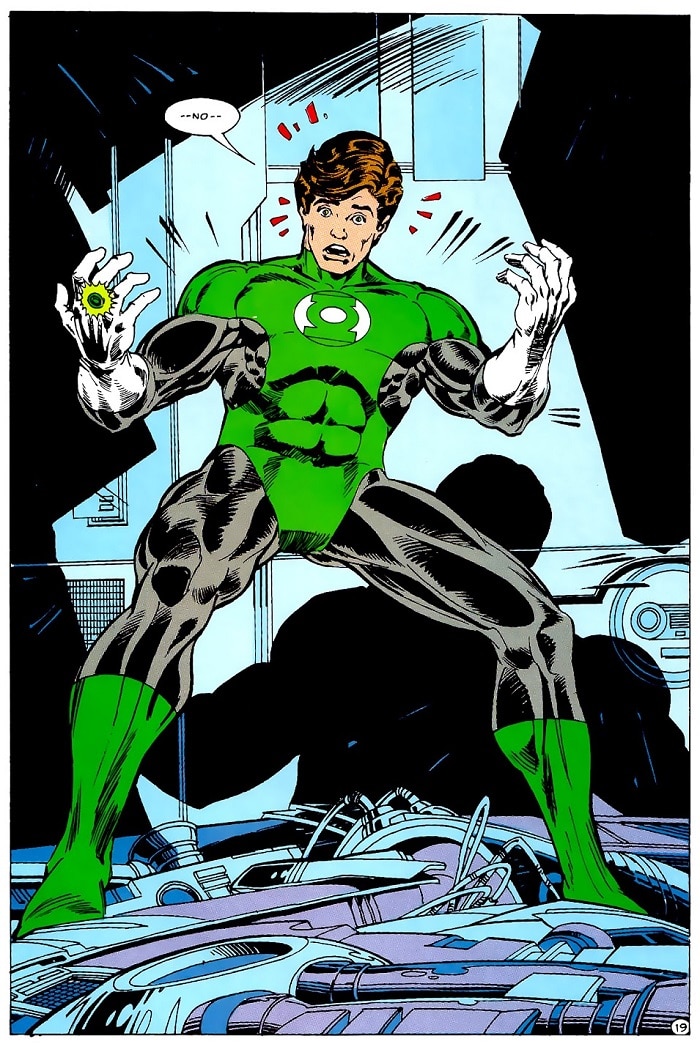
Unlike its usual iteration, the weekly Action Comics was an anthology title that featured different DC heroes. Priest (then known as Jim Owsley) and Bright’s time on the book focused on a pre-Parallax Hal Jordan. Although overjoyed at landing an ongoing assignment with a top-tier DC superhero, Bright did have the difficult task of turning in finished pages on a weekly basis. Back in the 1980s when there was no internet, this required ninety-minute round trip drives to and from Bright’s home in the middle of the night.
From issues #621-#635, the artist burned the midnight oil penciling the ongoing adventures of Hal Jordan. The toiling would soon pay off, however. When Action Comics’ weekly format ended, Bright was carried over as the artist for “Emerald Dawn”—the post-Crisis retelling of Green Lantern’s origin. This was followed by a sequel, “Emerald Dawn II,” and in between, Bright illustrated three notable issues of Batman, depicting some of the most notorious behavior from the Jason Todd incarnation of Robin.
After “Emerald Dawn,” Bright spent time working on both the third volume of the ongoing Green Lantern series before starting a series starring the Legion superhero Valor.
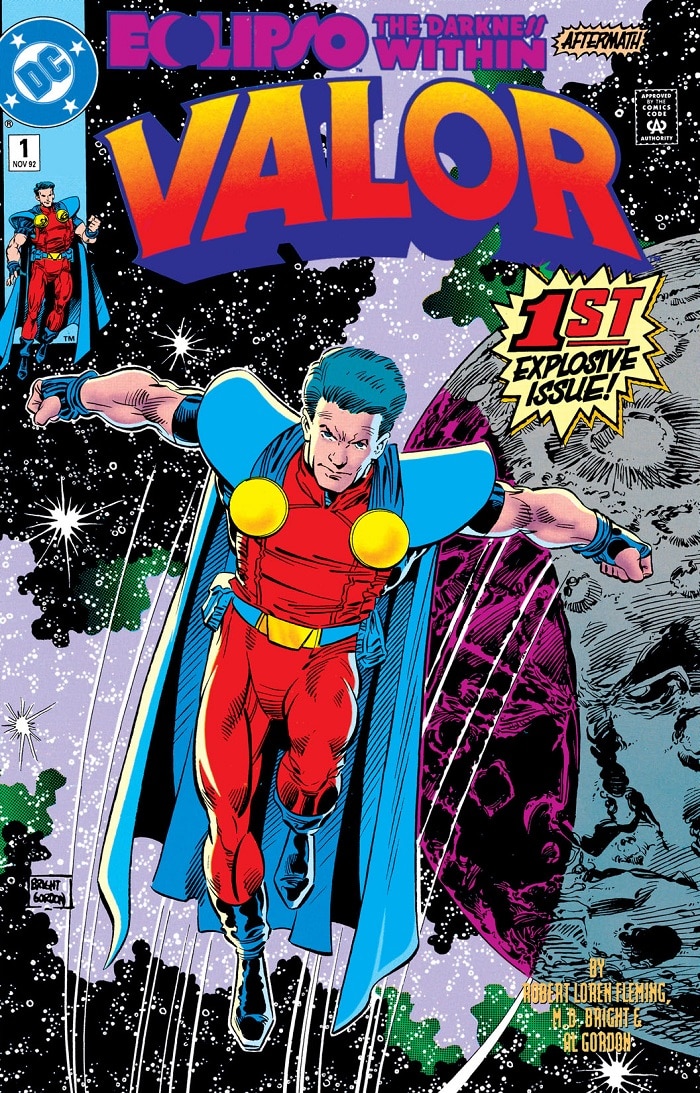
In 1993, Bright’s career entered a new phase as he was given what would become one of his most defining assignments with the then-nascent Milestone Media—drawing the company’s A-List hero Icon. Penciling 37 of the series’ 42 issues, Bright designed the looks for both Icon and his sidekick Rocket, while offering his distinct takes on several other Milestone heroes and villains including Hardware, the Blood Syndicate and Static—the latter of which he wrote the final two issues of his initial series.
Despite his considerable work at Milestone, Bright would return to Green Lantern occasionally throughout the decade, where the ring had been turned over to Kyle Rayner. After Icon ended, Bright would conclude the decade’s work at DC with pencil duties on the four-issue limited series, A. Bizarro, where he teamed with writer Steve Gerber to tell the tale of a LexCorp employee cloned in an experiment which would lead to the creation of the classic Bizarro.
MD Bright’s vast career went well beyond his work at DC. His work at Marvel included the initial Falcon spotlight series, as well as a long run in the pages of Iron Man under the writing of Denny O’Neil. His work on Power Man and Iron Fist (a black and white pair of crimefighters) led him to him kicking off Quantum and Woody (another black and white pair of crimefighters) for Valiant Comics. Finally, after decades of working in comics, Bright would shift his career towards illustrating in different media. He provided storyboards for various commercials, as well as Hollywood films such as 27 Dresses and The Last Airbender.
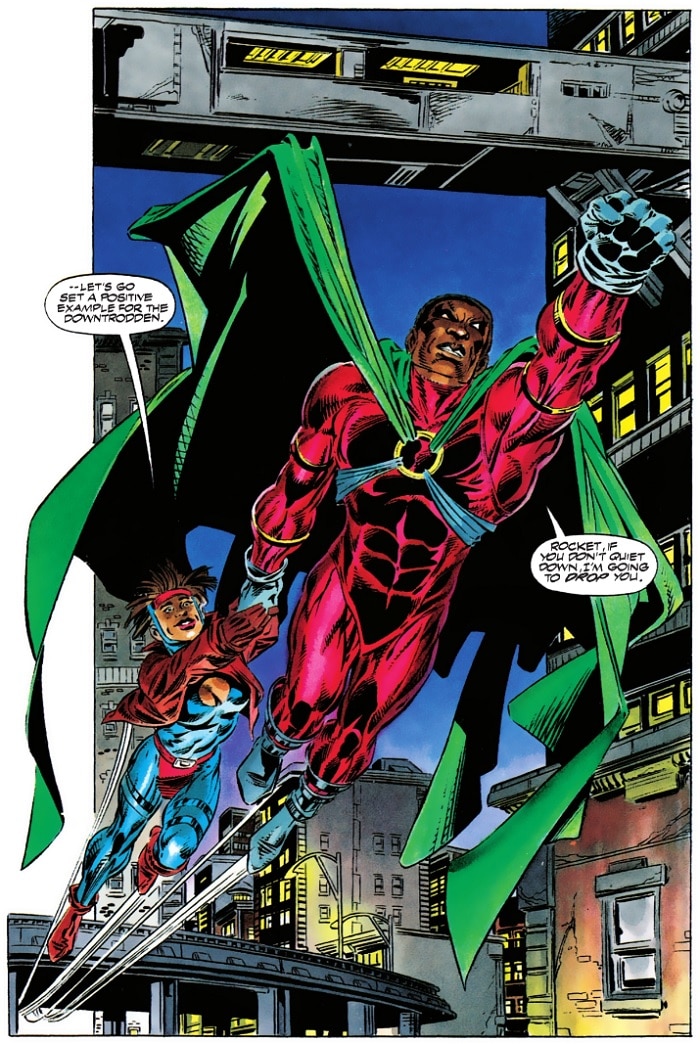
With his contributions to some of comics’ biggest publishers and the thousands of lives his work for them touched, MD Bright couldn’t have had a better surname. He truly was a bright spot among comic book artists—one who persistently shone a light for Black artists and other artists of color in the industry.
Donovan Morgan Grant writes about comics, graphic novels and superhero history for DC.com. Follow him on Twitter at @donoDMG1.
NOTE: The views and opinions expressed in this feature are solely those of Donovan Morgan Grant and do not necessarily reflect those of DC or Warner Bros. Discovery, nor should they be read as confirmation or denial of future DC plans.
